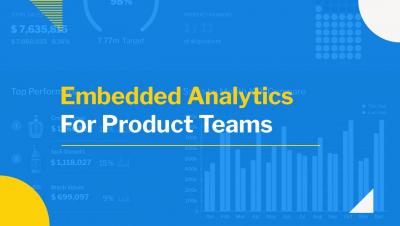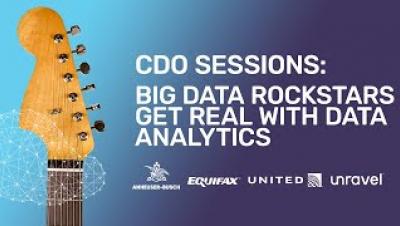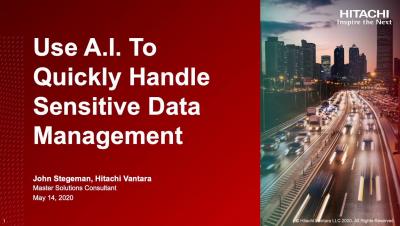Systems | Development | Analytics | API | Testing
Analytics
Why our new Streaming SQL opens up your data platform
SQL has long been the universal language for working with data. In fact it’s more relevant today than it was 40 years ago. Many data technologies were born without it and inevitably ended up adopting it later on. Apache Kafka is one of these data technologies. At Lenses.io, we were the first in the market to develop a SQL layer for Kafka (yes, before KSQL) and integrate it in a few different areas of our product for different workloads.
Why SQL is your key to querying Kafka
If you’re an engineer exploring a streaming platform like Kafka, chances are you’ve spent some time trying to work out what’s going on with the data in there. But if you’re introducing Kafka to a team of data scientists or developers unfamiliar with its idiosyncrasies, you might have spent days, weeks, months trying to tack on self-service capabilities. We’ve been there.
Data dump to data catalog for Apache Kafka
From data stagnating in warehouses to a growing number of real-time applications, in this article we explain why we need a new class of Data Catalogs: this time for real-time data. The 2010s brought us organizations “doing big data”. Teams were encouraged to dump it into a data lake and leave it for others to harvest. But data lakes soon became data swamps.
The reinvention of the Telco: From Pipe to Processor
The next generation of 5G networks are unlocking a mind-bending array of new use cases. Blistering speed, super low latency, and access to more powerful mobile hardware bring VR, AR and ultra high-definition experiences into sharp focus for the near future. But there’s a bigger shift being driven by 5G, and it’s not actually about speed at all. It’s about re-thinking the modern telco business model.
Building a Scalable Process Using NiFi, Kafka and HBase on CDP
Navistar is a leading global manufacturer of commercial trucks. With a fleet of 350,000 vehicles, unscheduled maintenance and vehicle breakdowns created ongoing disruption to their business. Navistar required a diagnostics platform that would help them predict when a vehicle needed maintenance to minimize downtime.
The Scores Are In - But How Does Your Data Strategy Rank?
Strong investments in an organization’s data pipeline result in greater business outcomes. Few would dispute this claim, reflected in the massive growth in the big data and analytics market which continues to fuel many organizations’ ambition to become data-driven.










